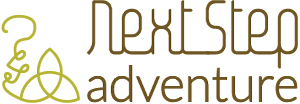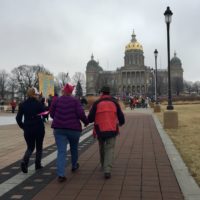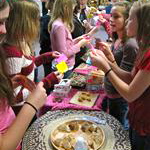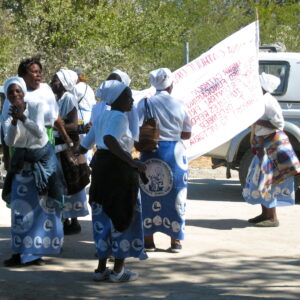Fly
My next birthday is one that ends in a “0” and requires a significant celebration. Last week I was told that this, my 60th year, is one of extraordinary challenges and opportunities in areas I’ve been exploring all my life. One of those areas is fear of heights. Learning to climb poles comfortably was a huge step toward conquering that fear, but now I’m thinking about skydiving on my birthday. I’m not sure I can do it; jumping out of a plane requires REAL courage–like that of some of the women I’ve studied during March–Women’s History Month.
Like Elinor Smith, who was born just a few years before my mother. Both of them were born before women were allowed to vote in the United States. Smith set a number of aviation records when she was still in her teens. She got in trouble for at least one of those records, flying under the four bridges that spanned the East River in New York City. Ms. Smith died at 98; her obituary on National Public Radio described her as a woman who started flying lessons when she was ten years old! I had never heard of her, but for a while she was more famous and accomplished than Amelia Earhart.
It might be hard to believe that women did these things nearly 100 years ago, but women have been flying since 1784 when Elisabeth Thible went up in a hot air balloon. Such achievements did not come easily. Women have fought for the right to do them. Winged Victory is a great place to learn more about the fight, as it was and continues.
During the long winter, I read a book called “Gone to Soldiers.” One of the characters was a woman who ferried planes from factories to air force bases. The women were never recognized as military personnel until 1977! They received few benefits for their work, but they loved to fly and wanted to contribute to the war effort.
Here’s hoping that each of us can learn to fly in her own way!














